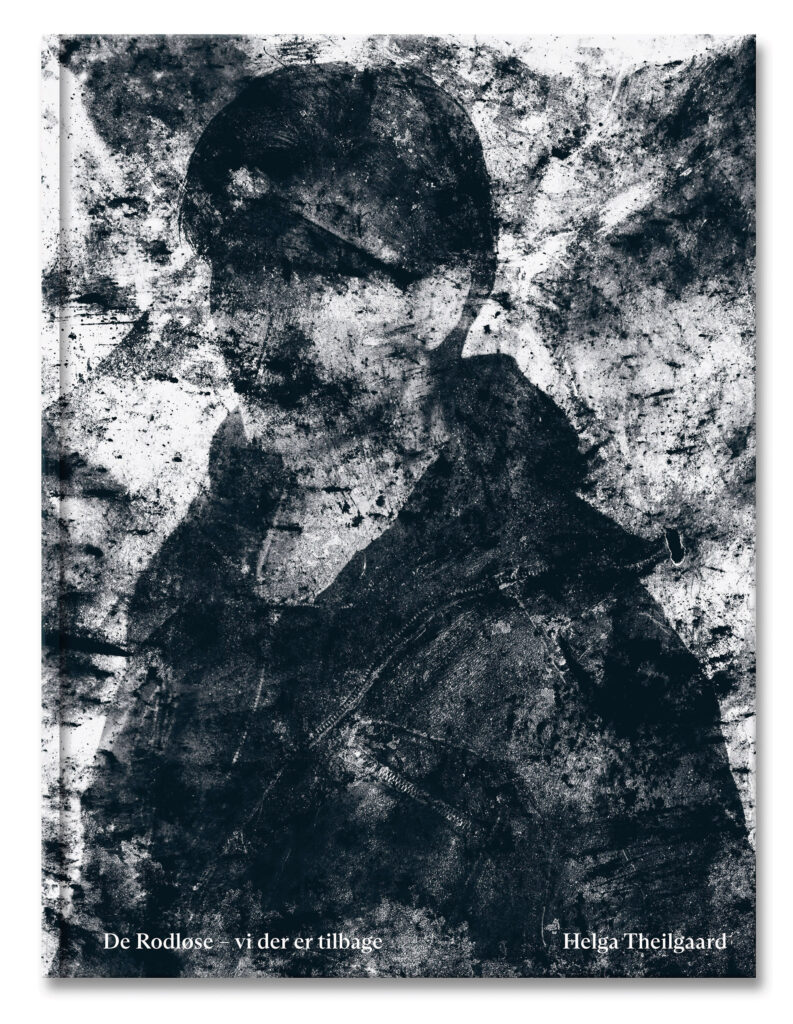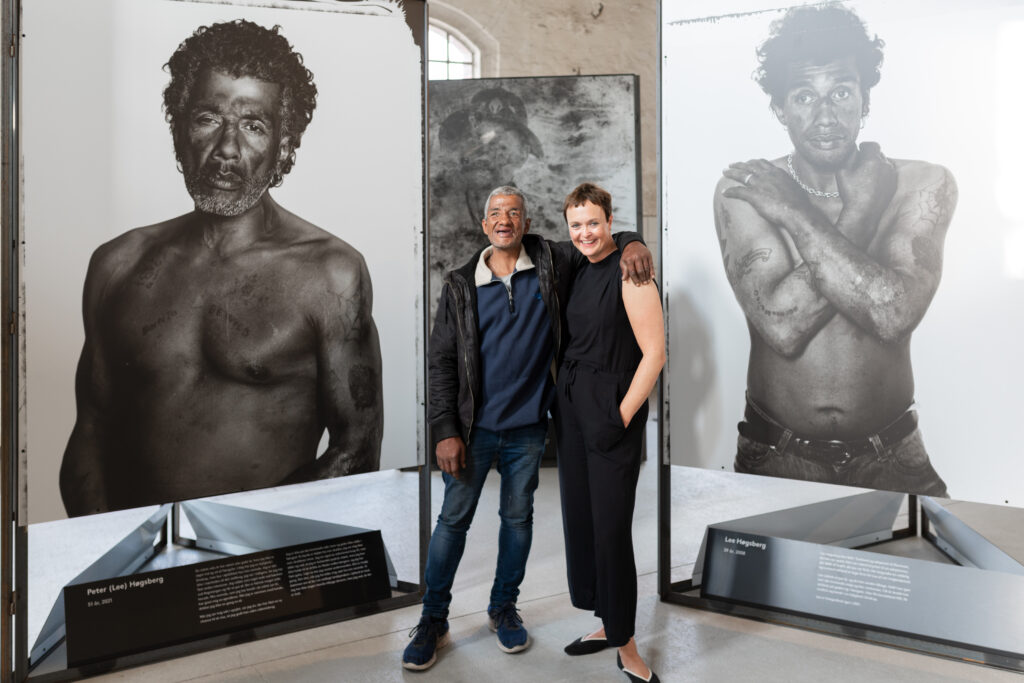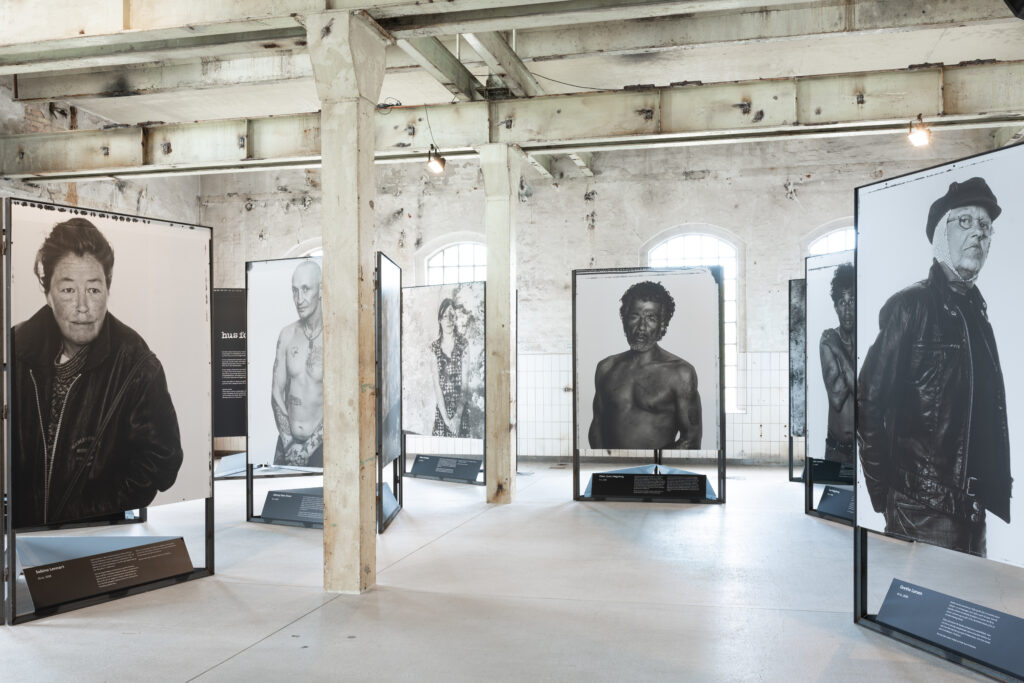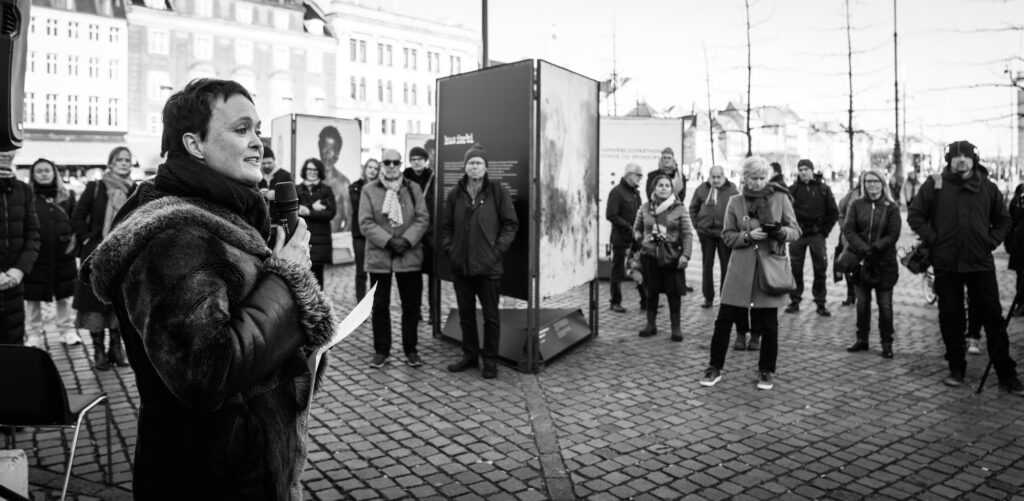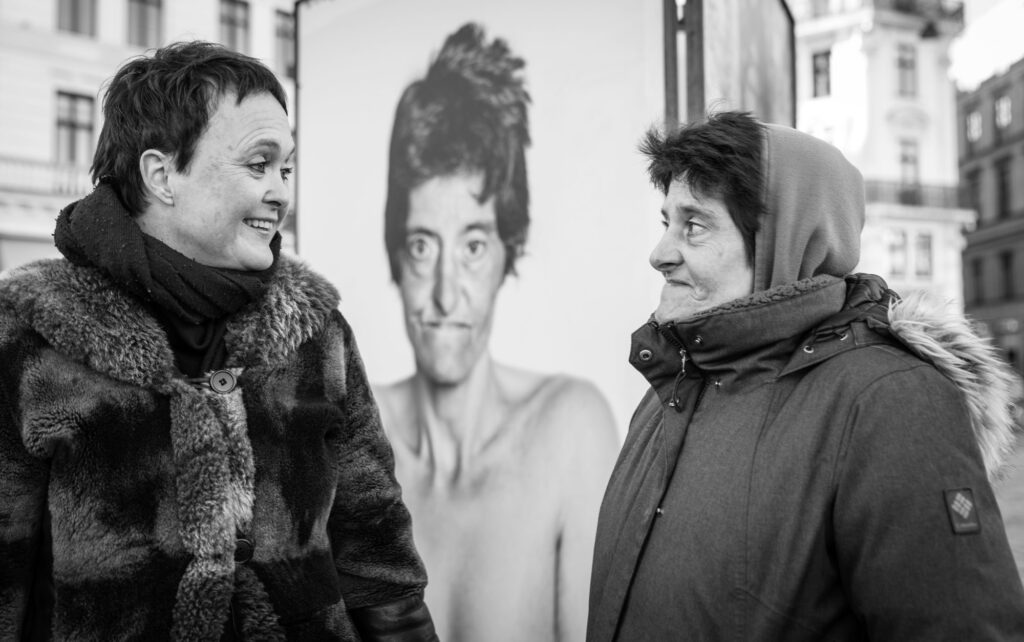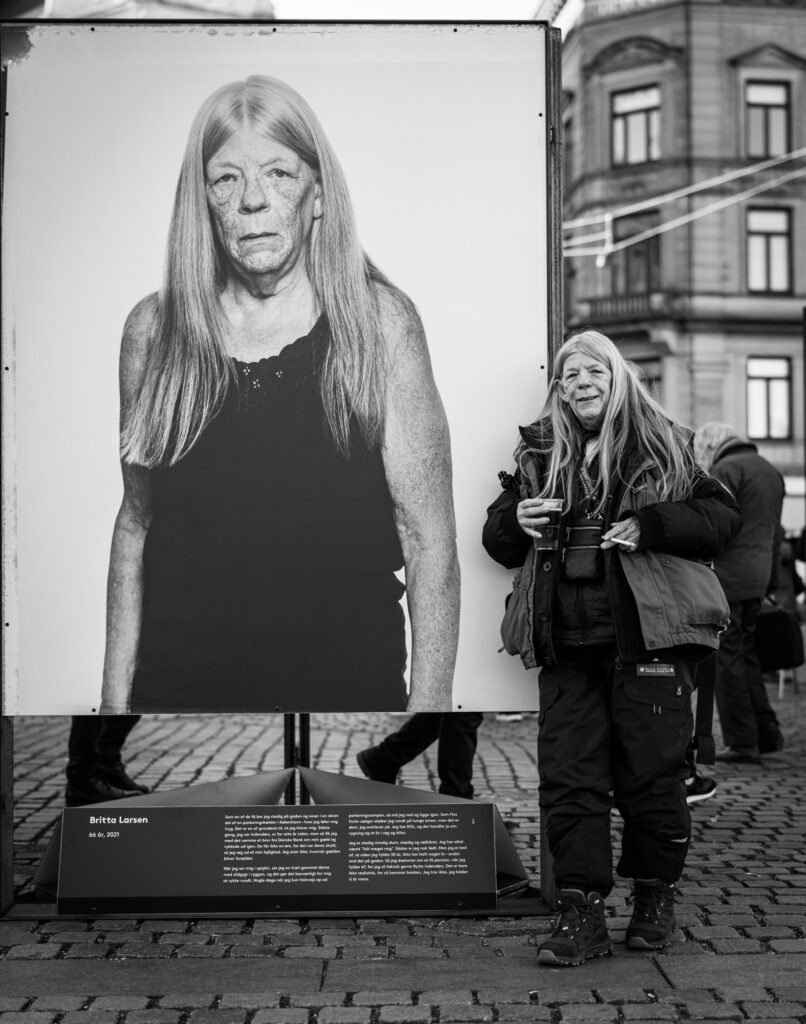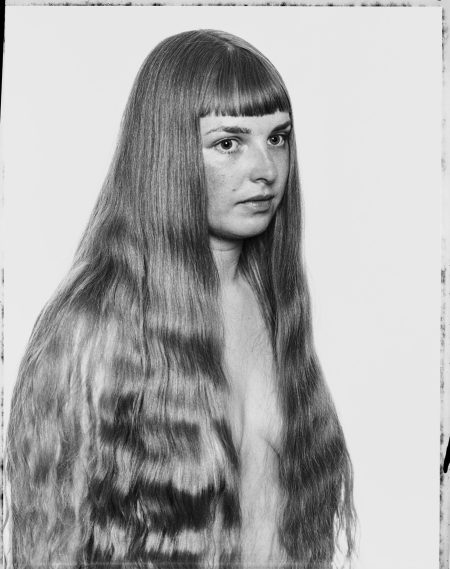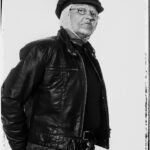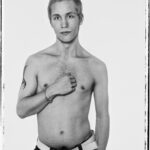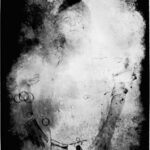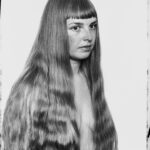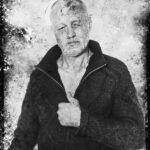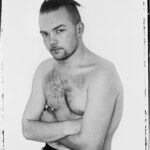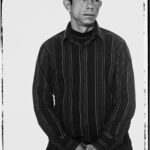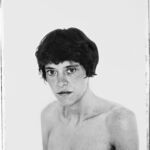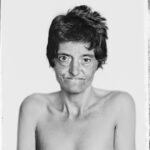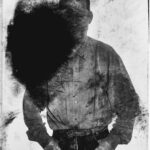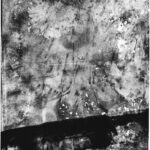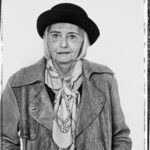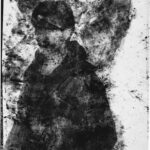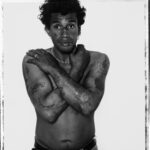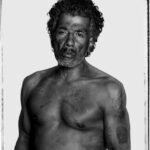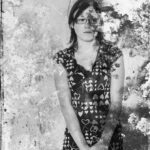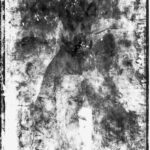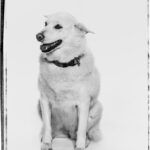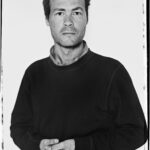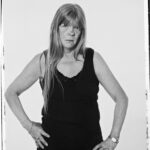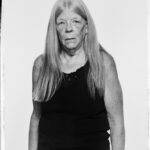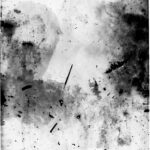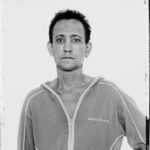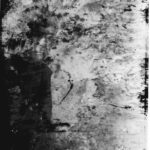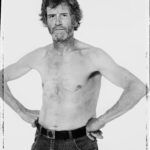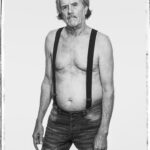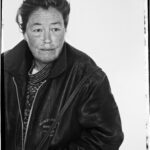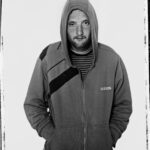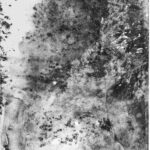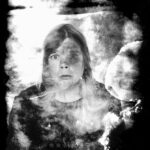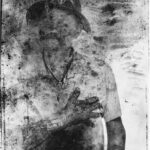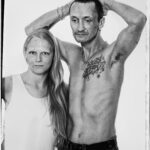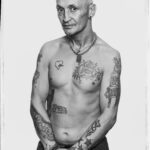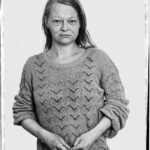THE ROOTLESS - WE WHO REMAIN
AMANDA OLINE ROSENDAHL | 1994
All the adults I knew are dead now except for my sister and mother whom I hardly ever see. Instead of getting angry and giving up, I have become strong.
I’ve completed the 10th grade but have since been expelled from two technical colleges. Even though I’m only 27, I’ve always felt like I knew more about life than my classmates, and then all of a sudden, they were way ahead of me and had graduated. When I was at my lowest, I started skating and discovered that I have the skills to teach others how to skate. Today, I have my own flat in Valby and work as a sports pedagogue in a local youth club and as a skate instructor in Copenhagen Skatepark, and I also help plan the Danish Skateboarding Championship for women which I won myself in 2019.
When I look in the mirror today, I can tell that my body image has improved. I’ve always sought a kind of family life, first in the punk community and now in the skateboarding community. That’s what saved me. Otherwise I would’ve probably ended up as a pusher frau in Christiania. My dream is to start my own skater camp where I can teach those who can’t afford to go to the expensive camps that skating makes you believe in yourself.
The Rootless – We Who Remain
In the early winter of 2008, I walked through the streets and parks of Copenhagen and visited shelters and reception centres. Here, I met people who existed on the edge of life. People who were moving, tough, eccentric, hardened, tender and fragile, and who forced me to face a reality which I had preferred to know nothing about, but which intrigued me nonetheless.
My meetings with these 30 homeless who had been pushed out of their homes and out of society became the beginning of the project called The Rootless. The result became a series of portraits that told the stories of the lives behind the faces we meet in the streets or in front of the supermarket. These were stories of people whose lives had been disastrously changed by unfortunate actions or conditions of life. The one thing that these people had in common was that they all lived on the street and were fighting their way through life one day at a time.
Thirteen years later, I’ve returned to find out what has become of the homeless, since I photographed them in 2008.
As a photographer, I’m interested in seeing how time affects the human body. How it’s reflected in a person’s face, and the traces it leaves behind. How does the passing of time shape us physically and mentally? And not just the homeless, but me as well, as my gaze has changed during the years that have gone by.
It has been a moving experience, tracking down those who remain. Far too many times, I’ve been told that the person I was looking for had died – either of an overdose, alcohol or suicide. Or that they were too sick to participate. The news of their fates affected me every time. The wasted opportunities. The lives cut short. Out of the thirty homeless I photographed in 2008, thirteen are no longer with us. Four are currently too sick to participate. Six have been impossible to find. Seven people I managed to trace and photograph again.
Inviting the homeless into my studio from the city benches and placing them in front of my camera transformed them. Sometimes the changes were subtle, other times surprising. There was always a transformation. They took themselves seriously with a strength I had not expected, and I’m moved by the way they felt seen as people – and not just as anonymous figures.
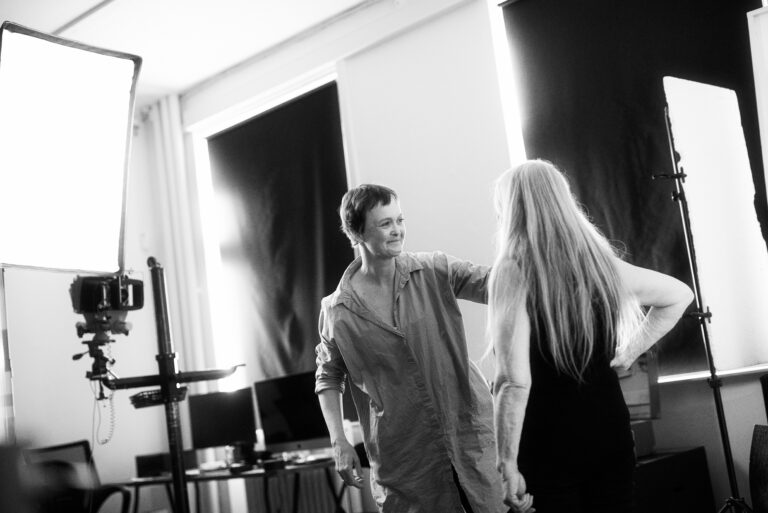
The studio became neutral territory. It wasn’t their familiar surroundings, and it wasn’t my home. Within this space emerged the opportunity for genuine contact. Without words, but through their posture, their gaze and focus, they were capable of communicating something essential that bridged the gap between two different worlds.
The Rootless – We Who Remain is a combination of my previous portraits from 2008 placed side by side with my new portraits of the homeless who are still alive today, and whom I have been able to trace. The dead are also represented with new photographs. The original negatives of their portraits were buried in the ground for several months and were then further dissolved through a chemical process. The transformed negatives have then been scanned and enlarged. These new portraits are now characterised by meaningful traces left by the passing of time in their absence as well as the disintegration of their faces and bodies. To me this captures the transitoriness of life and the much too short lives of the homeless.
Helga Theilgaard
Photographer
